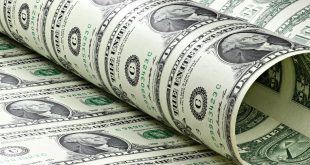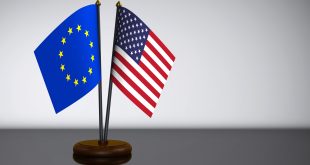Federal Reserve policymakers have indicated that a series of interest rate cuts is likely in the coming months, citing the ongoing decline in inflation and a resilient job market. However, several officials have also expressed caution, suggesting that the pace of these cuts may need to be adjusted based on future economic data.
Chicago Fed President Austan Goolsbee was among those who expressed confidence in further rate reductions. He stated that “over the next 12 to 18 months, conditions continue to slowly and gradually improve to something like target, and rates gradually come down a fair amount to something well below where they are today.” This sentiment was echoed by New York Fed President John Williams, who emphasized that the timing and pace of cuts would be data-dependent.
While the majority of Fed policymakers anticipate continued rate cuts, there is also a growing consensus that the central bank may need to proceed cautiously. Atlanta Fed President Raphael Bostic suggested that a pause in rate cuts might be necessary in November, depending on the economic data. His view was supported by several other Fed officials who expressed concerns about the potential for inflation to rebound.
The Federal Reserve’s decision to cut rates by a larger-than-expected half-point in September was a significant move that signaled a shift in monetary policy. However, policymakers have emphasized that this was a “recalibration” and does not necessarily indicate a more aggressive pace of future cuts.
Factors Influencing the Fed’s Decision
Several factors are influencing the Federal Reserve’s decision on interest rates. These include:
Inflation: The decline in inflation has been a key factor in the Fed’s decision to cut rates. However, there are still concerns about the potential for inflation to rebound, particularly if the job market remains strong.
Labor Market: The job market has remained resilient, despite some signs of weakness. This has led to concerns about wage growth and its potential impact on inflation.
Economic Growth: The overall health of the economy is another factor that the Fed is considering. While there are signs of slowing growth, the economy remains relatively strong.
Global Economic Conditions: The global economic outlook is also influencing the Fed’s decisions. The trade war between the United States and China, as well as other geopolitical factors, could have a significant impact on the U.S. economy.
The Impact of Rate Cuts
Lower interest rates can have a significant impact on the economy. They can stimulate borrowing, investment, and economic growth. However, they can also lead to higher inflation. The Fed is trying to balance the need to support economic growth with the need to control inflation.
Uncertainty Remains
Despite the Fed’s indications of continued rate cuts, there remains a significant amount of uncertainty about the future path of monetary policy. The economic outlook is subject to a number of risks, including:
Inflationary Pressures: The Fed’s ability to achieve its inflation target of 2% is uncertain, and there is a risk that inflation could rebound.
Economic Slowdown: The U.S. economy could experience a slowdown, or even a recession, which could necessitate a more aggressive easing of monetary policy.
Global Economic Turmoil: The global economy is facing a number of challenges, including trade tensions, geopolitical risks, and Brexit. These factors could have a significant impact on the U.S. economy.
In addition to these risks, the Fed is also facing increasing pressure from some policymakers and economists to adopt a more aggressive stance on monetary policy. Some argue that the Fed should be doing more to stimulate economic growth and prevent a recession.
However, other policymakers and economists caution against excessive easing, arguing that it could lead to higher inflation and asset bubbles.
The Fed is carefully considering all of these factors as it makes decisions about interest rates. While the central bank has indicated that it is likely to continue cutting rates in the coming months, the path forward remains uncertain. The economic outlook is subject to a number of risks, and the Fed may need to adjust its policy as conditions change.

 Noor Trends News, Technical Analysis, Educational Tools and Recommendations
Noor Trends News, Technical Analysis, Educational Tools and Recommendations




